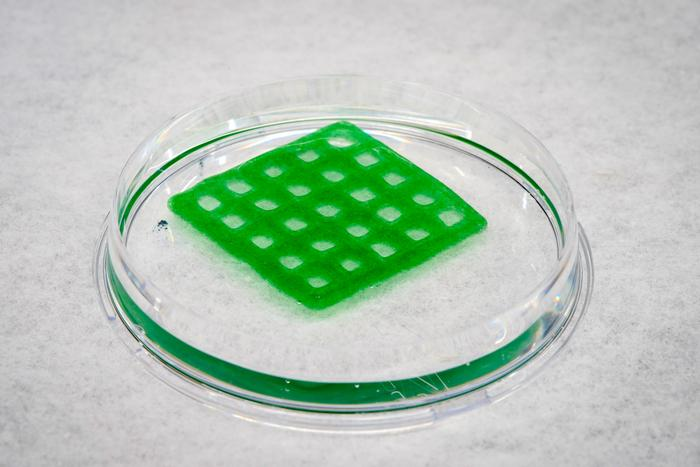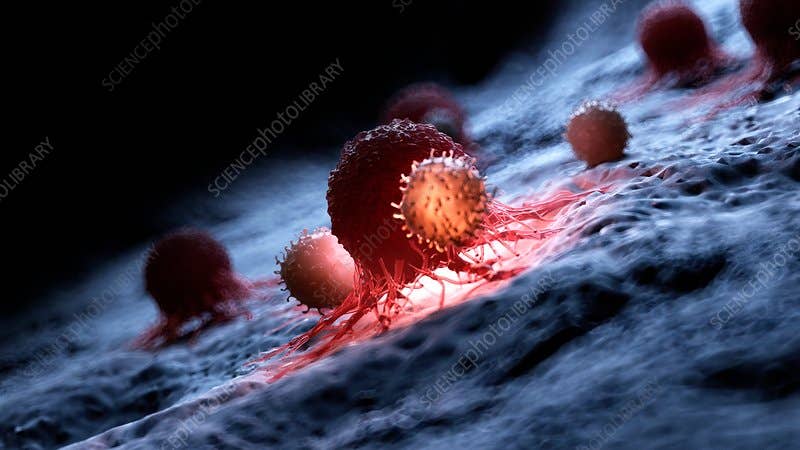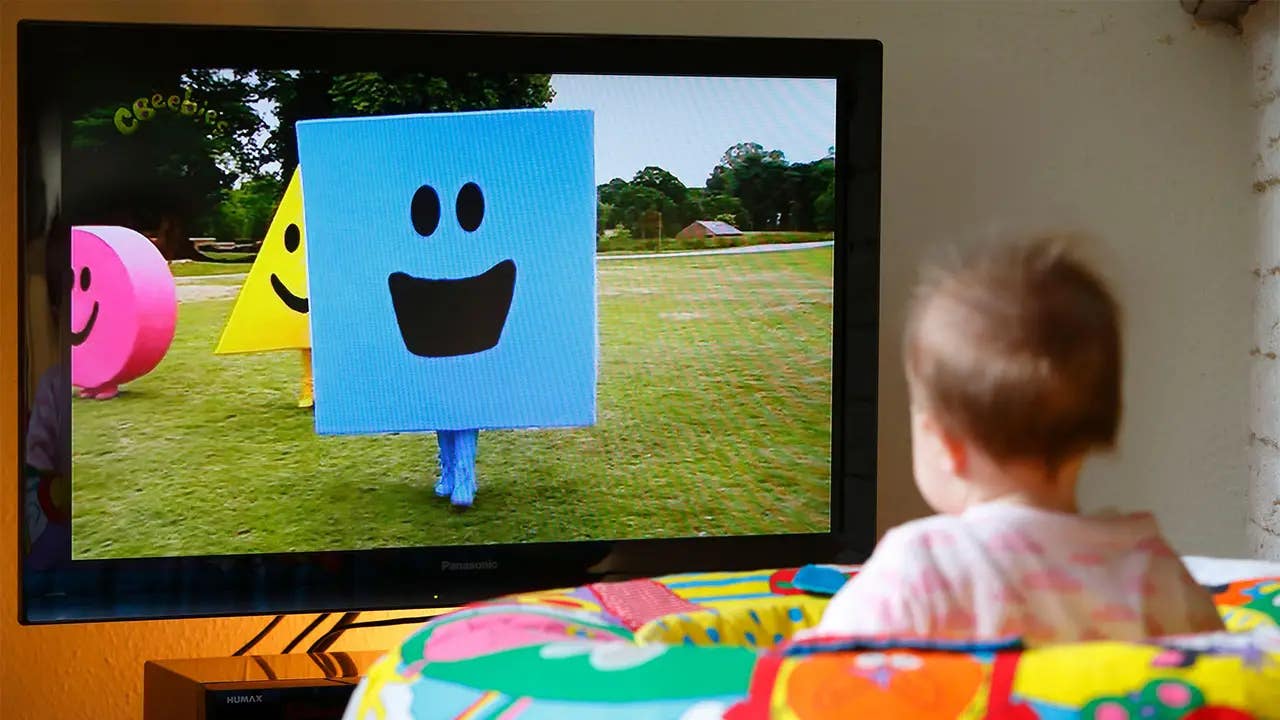Groundbreaking 3D-printed ‘living material’ could clean up contaminated water
UC San Diego researchers have developed a “living material,” that could offer a sustainable and eco-friendly solution to clean pollutants

[Sept. 7, 2023: Staff Writer, The Brighter Side of News]
UC San Diego researchers have developed a "living material," made of a natural polymer combined with genetically engineered bacteria, that could offer a sustainable and eco-friendly solution to clean pollutants from water. (CREDIT: David Baillot/UC San Diego Jacobs School of Engineering)
Water pollution is an ongoing global challenge. As industries grow, the need for effective and eco-friendly solutions to remove harmful pollutants from our water sources becomes increasingly urgent. Enter the researchers at the University of California San Diego (UC San Diego), who have made a significant breakthrough by developing a new type of material that could redefine our approaches to water purification.
Coined as the “engineered living material,” this new innovation is not your typical filter or chemical agent. It is a 3D-printed structure, making it customizable and adaptable for varied applications. The primary component? A seaweed-based polymer, alginate. But the real magic lies in the second ingredient – bacteria that have undergone genetic engineering.
The researchers' genius move was to engineer these bacteria to produce an enzyme that can morph various organic pollutants into harmless molecules. As if this wasn't innovative enough, they also embedded a self-destruction mechanism into the bacteria, activated by the presence of theophylline – a molecule commonly found in everyday products like tea and chocolate.
“We’re harnessing the unparalleled potential of biology and merging it with the structure of polymers, introducing a new realm where materials aren't just inanimate - they’re alive, responsive, and revolutionary,” remarked Jon Pokorski, a professor of nanoengineering at UC San Diego and one of the leading voices behind this research.
Related Stories:
The intricate details of this research have been meticulously described in a paper recently published in the esteemed journal, Nature Communications.
This project wasn’t the effort of a single mind or discipline. The University of California San Diego Materials Research Science and Engineering Center (UC San Diego MRSEC) saw engineers, materials scientists, and biologists joining forces to bring this concept to life.
Besides Pokorski, key contributors included molecular biology professors Susan Golden and James Golden, and nanoengineering expert Shaochen Chen. Susan Golden, elucidating on the collaborative nature of this project, stated, “This initiative empowered us to leverage the profound intricacies of cyanobacteria genetics, opening doors to fashioning materials that are alive and purpose-driven."
The living material is 3D-printed as a grid-like structure. (CREDIT: David Baillot/UC San Diego Jacobs School of Engineering)
Birth of the Living Material
To create this avant-garde material, the scientists began with alginate. After transforming it into a gel-like consistency, it was combined with a special type of bacteria – cyanobacteria. This photosynthetic bacteria, known to thrive in water, was the chosen agent for its unique properties.
The mixture's next stop was a 3D printer, where after several tests, a grid-like structure emerged as the optimal shape. This geometry ensured that most of the cyanobacteria were close to the material’s surface, allowing them access to essential nutrients, gases, and light. The design, with its high surface area to volume ratio, also meant the material was far more effective at its primary task – decontamination.
The Real-World Test
The team needed a solid proof-of-concept to validate their innovation's potential. To demonstrate this, they focused on an enzyme named laccase, known for its pollutant-neutralizing abilities. By genetically prompting the cyanobacteria to produce laccase, the material was set up to neutralize pollutants like bisphenol A (BPA), various antibiotics, pharmaceutical drugs, and certain dyes.
Their test subject was indigo carmine, a popular blue dye used extensively in the textile sector, especially for coloring denim. The results were impressive. The water solution, once tainted with the dye, was successfully decolorized by the living material.
Debika Datta, a nanoengineering postdoctoral researcher at UC San Diego and co-first author of the study, prepares a sample of the living material. (CREDIT: David Baillot/UC San Diego Jacobs School of Engineering)
The self-destruction mechanism, prompted by theophylline, ensures these genetically modified bacteria do not persist in the environment, eliminating any potential environmental or ethical concerns.
Pokorski elucidated, “Our material interacts with the targeted pollutant, and post this interaction, a simple molecule introduction ensures the bacteria are eradicated. It’s a holistic approach, keeping both efficacy and environmental safety in mind.”
Though the current design requires the addition of theophylline to eliminate the bacteria, the team envisions a future where the bacteria can self-destruct without any external stimulus. “We’re working towards materials that are in tune with their environment, responding to natural stimuli,” Pokorski added.
Wrapping up the discussion on this groundbreaking research, Pokorski shared his excitement about the future possibilities. "Imagine the range of new materials we can craft, the solutions we can offer. All this is a testament to what interdisciplinary collaboration can achieve, and it’s just the beginning at UC San Diego MRSEC."
For more international good news stories check out our Global Good section at The Brighter Side of News.
Note: Materials provided above by The Brighter Side of News. Content may be edited for style and length.
Like these kind of feel good stories? Get the Brighter Side of News' newsletter.
Joseph Shavit
Head Science News Writer | Communicating Innovation & Discovery
Based in Los Angeles, Joseph Shavit is an accomplished science journalist, head science news writer and co-founder at The Brighter Side of News, where he translates cutting-edge discoveries into compelling stories for a broad audience. With a strong background spanning science, business, product management, media leadership, and entrepreneurship, Joseph brings a unique perspective to science communication. His expertise allows him to uncover the intersection of technological advancements and market potential, shedding light on how groundbreaking research evolves into transformative products and industries.



